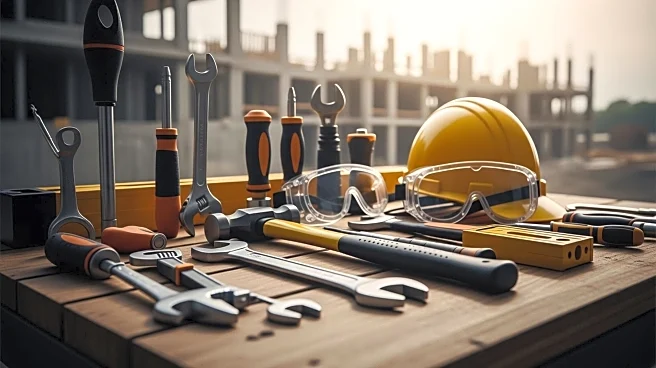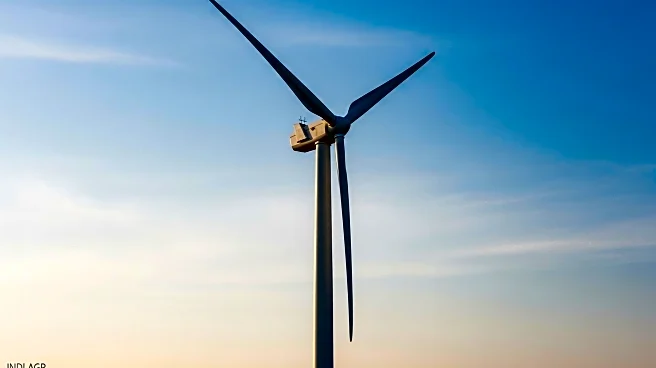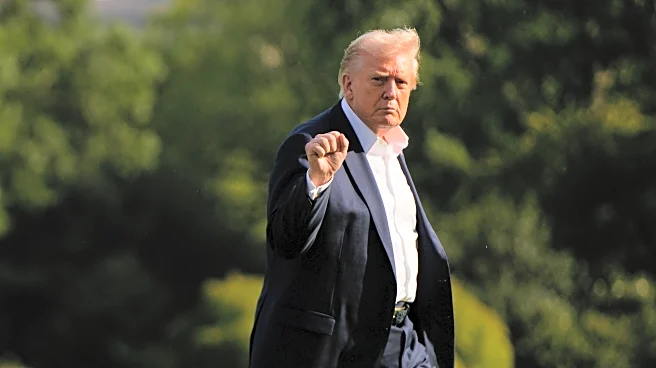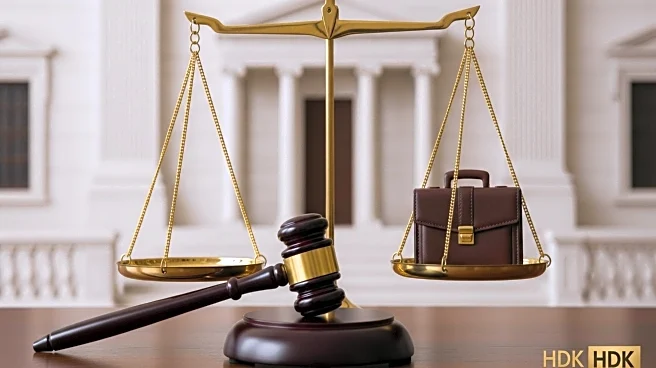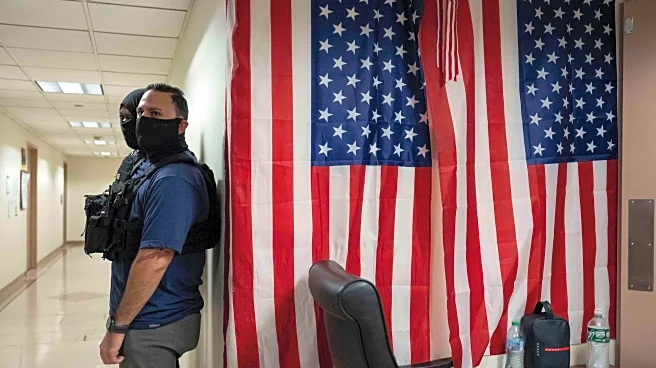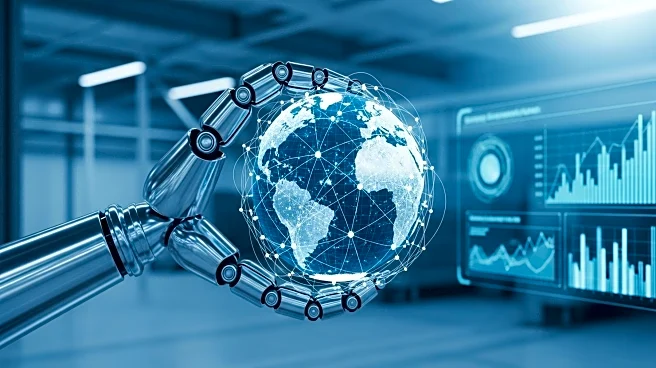What is the story about?
What's Happening?
The U.S. construction industry is experiencing a significant labor shortage, exacerbated by current immigration policies. Immigrant workers constitute a substantial portion of the construction workforce, with 30% nationwide and 41% in California. However, the Trump administration's immigration enforcement, including mass deportations and workplace raids, is reducing the availability of these workers. The industry's struggle to find and retain labor is further complicated by restrictive visa programs like the H-2B, which is capped at 66,000 visas annually, far below the demand. A bipartisan bill aims to address these issues but introduces similar limitations.
Why It's Important?
The labor shortage in the construction industry has far-reaching implications for the U.S. housing market and economy. With fewer workers available, construction projects face delays, increased costs, and reduced capacity to meet housing demands. This situation contributes to rising home prices and rent, affecting affordability and accessibility for many Americans. The enforcement of immigration policies targeting construction workers not only disrupts the industry but also highlights the need for comprehensive immigration reform to support economic growth and stability.
What's Next?
The construction industry may continue to advocate for policy changes that facilitate the legal immigration of workers to fill labor gaps. The proposed Essential Workers for Economic Advancement Act could provide some relief, but its limitations may require further legislative efforts. Industry leaders and policymakers might explore alternative solutions, such as expanding visa programs or creating new pathways for immigrant workers. The ongoing debate over immigration policies and their impact on the economy is likely to intensify, with potential implications for future elections and public policy.
Beyond the Headlines
The labor shortage in the construction industry underscores broader issues within the U.S. immigration system, including the challenges faced by immigrant workers seeking legal pathways to employment. The situation raises ethical questions about the treatment of immigrant labor and the balance between enforcement and economic needs. It also highlights the interconnectedness of immigration policy and economic health, prompting discussions on how to create a more inclusive and sustainable workforce.
AI Generated Content
Do you find this article useful?
